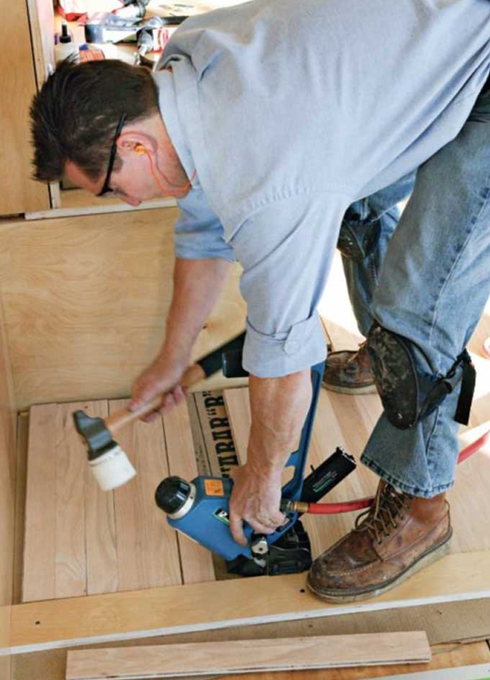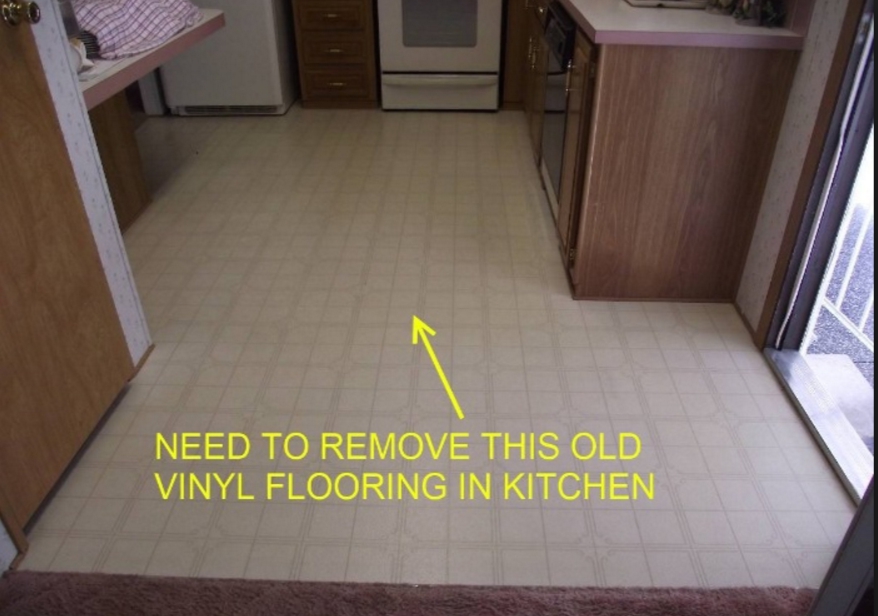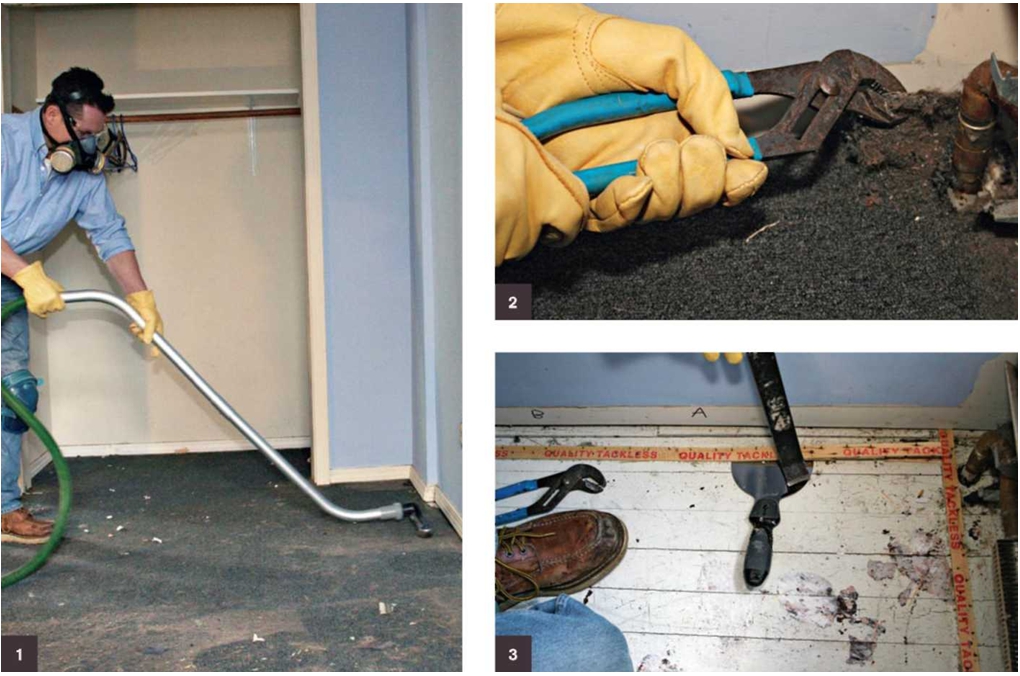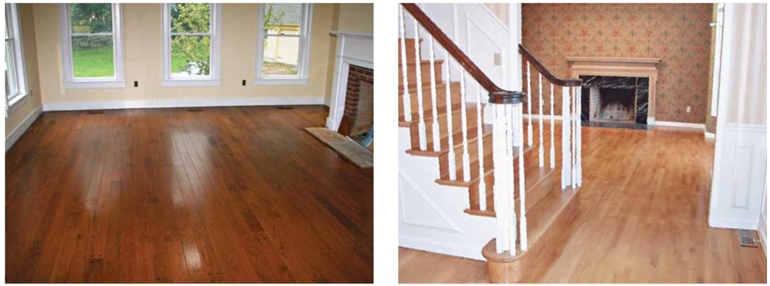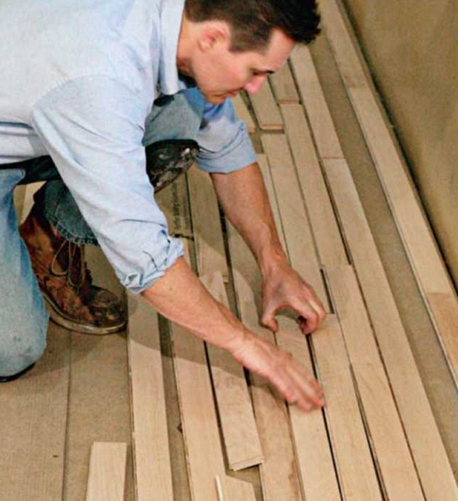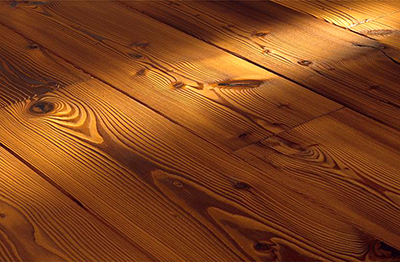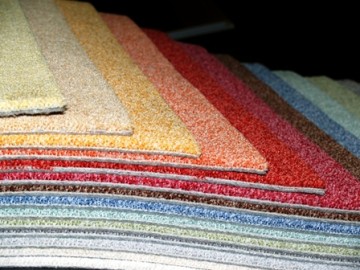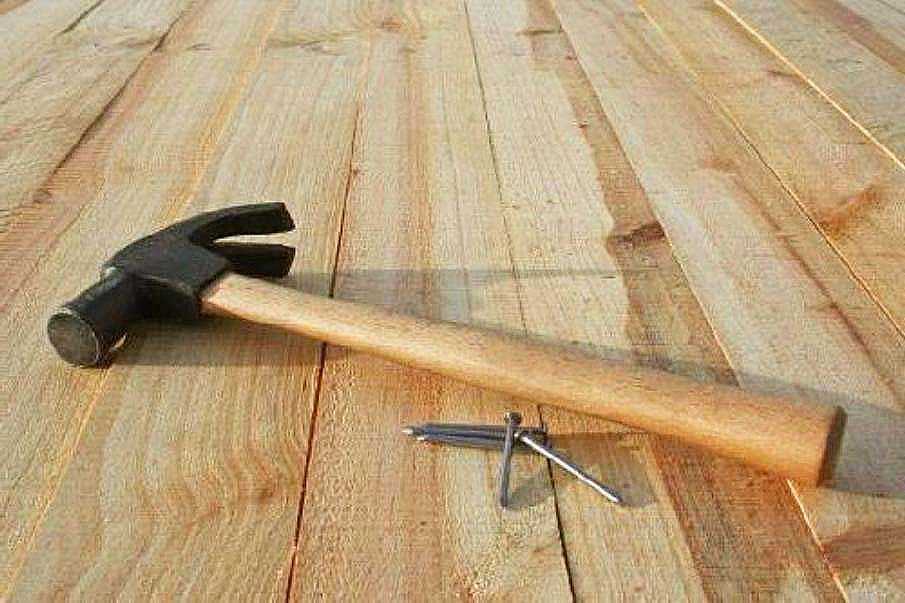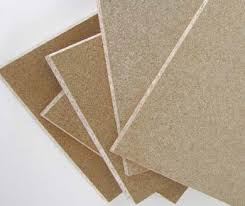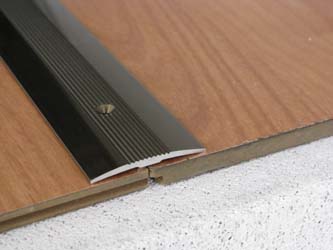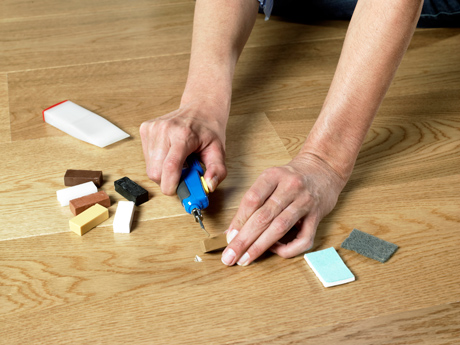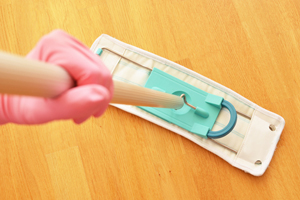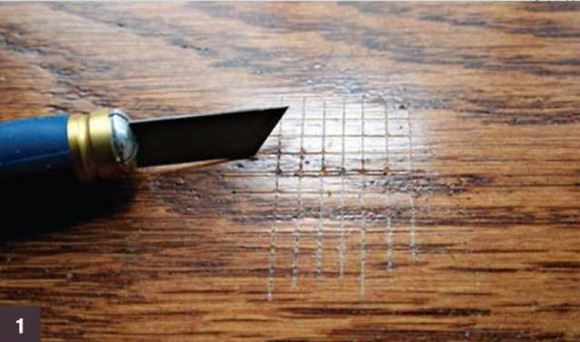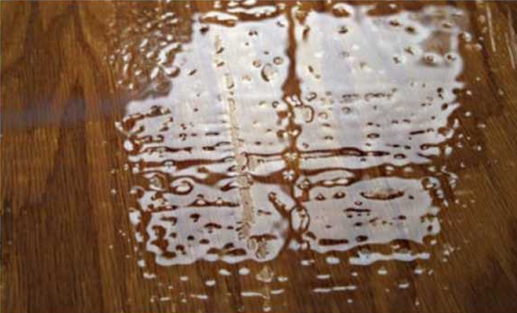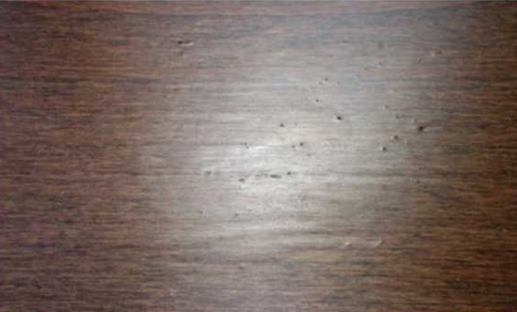Installing wood flooring. HEARING PROTECTION
One in 10 Americans has a hearing loss severe enough to affect their ability to understand speech. It's more common among wood flooring contractors. Nearly everyone I know in this trade has hearing loss, which has made me all the more adamant about hearing protection. Noise is measured in decibels, or dB. The dB scale is logarithmic rather than linear. An increase of 10dB isn't additive; it represents a tenfold increase in noise. Consequently, even a small increase in dB can...


